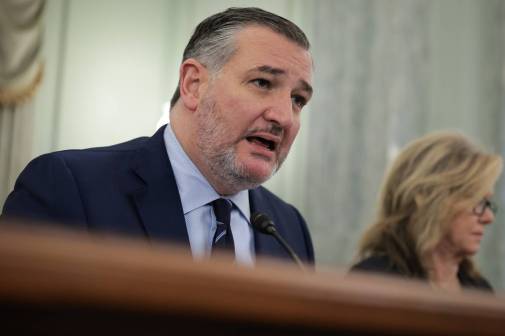Why it’s time for state IT to have a ‘federalist moment’

While cities have often been considered the drivers of civic technology, that torch largely passed last year to states, which are responsible for many of the programs we need to keep people safe during the COVID-19 pandemic — from distributing unemployment insurance and nutrition benefits to disseminating information about health care. All of this happens amid an often dithering response from the federal government.
COVID-19 put states’ technology in headlines for all the wrong reasons, especially when unemployment systems buckled under unprecedented volume during the coronavirus’ first wave, leading often to anger and frustration.
States must now follow through and make permanent the gains made during the health crisis. Failure to take advantage of this opportunity will mean a more stagnant recovery, more unserved residents and a technology landscape vulnerable to future emergencies.

Former New York State Interim CIO Jeremy Goldberg
When we emerge from the pandemic, technology should have a federalist moment in which the same principle of shared power that shapes our political system will be the main driver of government technology, with a greater role for state leadership in developing the tools and applications that power public services.
As states become the new centers of innovation in government technology over the next decade, they must bring the benefits of well-run and supported government technology to their residents. However, state IT cannot meet the demands of this moment on its own.
The U.S. government needs to provide states with support for three central investments: core digital infrastructure, promoting transparency and making government more resident-friendly.
Fund core physical and digital infrastructure
Just as states spent much of 2020 navigating the COVID-19 pandemic with little investment or leadership from the federal government, they now find themselves struggling alone to distribute the first vaccines against the disease.
Likewise, states are still figuring out how to help those most in need without supporting investments in core physical and digital infrastructure, like broadband connectivity, to make sure low-income and rural residents are not left behind.
In New York, state officials leveraged funding from the CARES Act to help jumpstart this transformation by investing in networking infrastructure, software solutions to help agencies provide their services remotely and things as simple as the devices to help the state workforce reach residents from anywhere.
These investments have been instrumental to the pandemic response, but we also need them to achieve President-elect Joe Biden’s oft-invoked goal of “building back better.”
The money spent so far can serve as a proof-of-concept for a “Federal Build Back Better Technology Fund” in future relief packages, from which states would receive the resources they need to put their technology plans into effect. This should be managed at the federal level in consultation with leading government technologists.
Done right, technology is well positioned to build more effective and transparent government that residents can trust. Open data efforts at all levels of government have helped achieve that. Now, governments need to build on what they learned from the pandemic. New York and California, for example, created dashboards to help people make decisions and understand how their government’s actions were affecting the crisis. Combined with clear leadership, these efforts improved trust.
Progress should be shared openly, including sharing code to further reduce costs, and residents should be able to easily understand how money is being spent, the impact on government services, numbers of residents served and state priorities. States should be accountable to their residents and should also make their successes known so real improvements can generate support and momentum.
Make government more resident-friendly
As important as transparency and effective communication are, most people just want government to work how and when they need it. Residents should have single log-ins for all their government services, payment systems that behave consistently across transactions and applications that are reliable no matter what device they’re using.
Government employees should have easy-to-use tools to help them do their work efficiently and effectively to achieve their agencies’ missions. Tech’s federalist moment is all about states taking the lead to transform the experience of interacting with government, and that means changes to more than just technology.
States must also transform their processes and operations so that they work together. Forms should be simple and consistent, information should be presented in ways proven to make sense to residents and the sometimes arcane internal logic of the way government agencies operate should not dictate how residents interact with them. Well-designed apps like California’s CalFresh or New York’s Find Services help residents get what they need and reduce administrative burden.
States are also positioned to tailor their technology to the services they offer and work with local governments to build a more seamless experience. The just-passed spending bill included a provision to make .gov URLs more easily available to state and local governments. It’s a good first step of how all levels of government can work together to make it less confusing and more secure to interact with government websites.
The federal government can help with funding and expertise, and states must be prepared to prioritize, communicate their needs, and collaborate. States can further amplify the impact of those investments by creating a pipeline to local governments and to residents.
With investment and renewed commitment, technology can make government work better for people and states will be the ones to make that a reality. Tech’s federalist moment is here, but it is the investment, not the idea, that will make government work better.
Jeremy M. Goldberg is the former deputy secretary for technology and innovation for New York Gov. Andrew Cuomo, and the former interim chief information officer of New York State.






